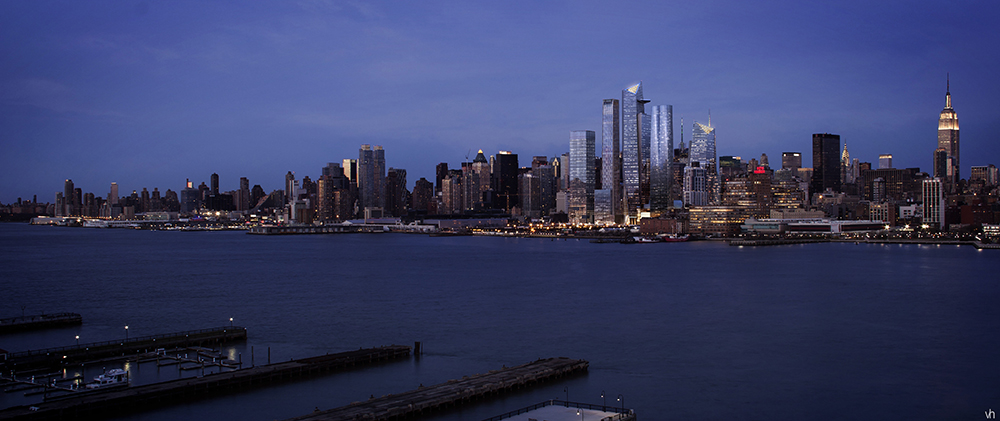As is the case for many architects visiting Venice for the first time, Bernard Zyscovich found the scales falling from his eyes there.
A 23-year-old Pratt student at the time, he’d been turned loose for a year to experience that Italian kaleidoscope of light, color, reflection, and visual pyrotechnics.
“I was thinking: what am I doing here?,” he says. “In school you learn about Corbu and Mies and all the modern stuff, but here I am in Venice – and everything is decorated and detailed.”
It took a few months, but one morning he woke up – in more ways than one.
“I’d go walking through the streets and see a beam of light coming down on a person reading a newspaper, like a spotlight in the middle of gray stone,” he says. “In Venice I realized that what we create as architecture is a stage set for the theater of life.”
In other words, strip away the cars and the noise and the distractions, and what’s important is human beings interacting with their environment.
“It’s magic, with those amazing bursts of light on a gray day,” he says.
During his career since then, Zyscovich has explored that theory in a book called Getting Real about Urbanism, published by the Urban Land Institute, along with all the projects developed by his 100-person firm, its offices in New York and Miami.
Most are informed by the culture around them.
His 27-unit Ponquogue Manor project in the Hamptons is a prime example. Sure, the vernacular of cedar shingles with white trim, stone chimneys and copper roofs is familiar enough. But the flow and interaction of forms make all the difference here – creating a backdrop for dialog, rather than churning out row after row of townhomes.
“I thought: Why not have three big buildings and fit them in?” he says.
The project looks like no other collection of townhouses, and for good reason: It’s a stage set. “You come into the space with long courtyards lined with fountains, and hedges out on street,” he says. “And once you enter that gateway to your own house, it’s both new and old at the same time.”
In that way, it’s not only like the Hamptons, but like Venice too.
[slideshow id=1374]

